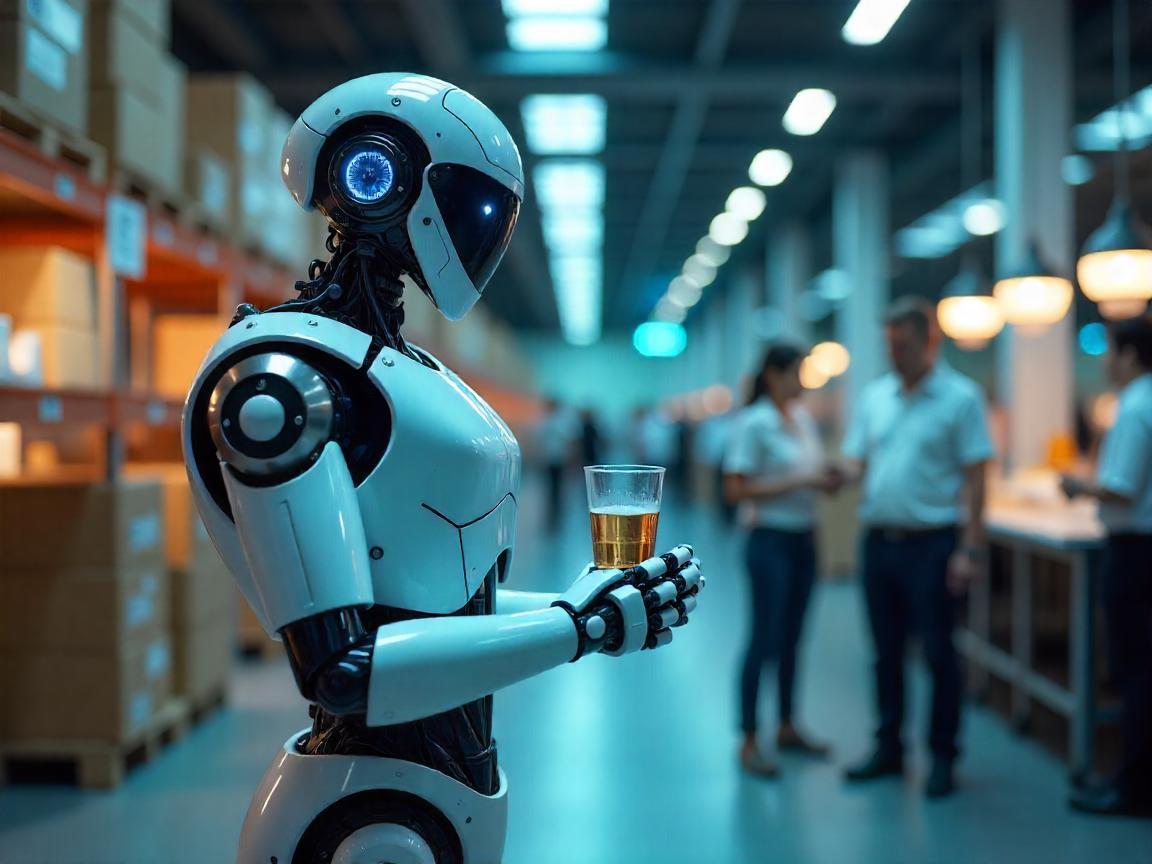
A few years back, robots were just like that one employee that did just the job described in the job description and nothing else. They assembled cars on assembly line, they mopped hospital floors, or they talked pre-programmed questions at the front desk of a hotel. But nowadays automation frontier is not one about single task machines. It is about polyfunctional robots, robotics systems capable of performing multiple tasks in various roles, environments and industries. And this shift is not only interesting. It’s reworking operational playbooks everywhere; from manufacturing to hospitals to hospitality chains.
Well, so, what is pushing the robotic renaissance, and how advanced are we into “all-in-one” bots in real life world? The answer is: closer than you think.
Why the Push for Polyfunctionality?
Let’s face it—specialization is expensive. Historically businesses required a separate bot for navigation, manipulation, and interaction in warehouses and hospitals. But thanks to the convergence of AI, modular hardware, and real-time edge learning present today’s robots are learning to juggle jobs like a professional barista in rush hour.
The modularization of robot components is a central force here. Neurala and Open Robotics are developing frameworks, where vision, mobility, and decision-making modules may be reconfigured in situ. This means that one bot can stock shelves in the morning, welcome customers in the afternoon and sweep floors at night.
“They should be thought of as smartphones for labor,” says Dr. Max Pfingsthorn, CTO from Fruitcore Robotics. “You download capabilities, not apps. And they follow suit just like your phone may be a camera, a map or console game. “ These bots adapt to context in real time.
Sectors Being Reimagined
Healthcare
Hospitals have perhaps been the first to recognize the value. Moxi, a robot from Diligent Robotics, is not just delivering meds in U.S. hospitals. It means moving along hallways, updating electronic health records, and changing routes even in emergency situations. According to a HealthTech Magazine 2024 article, Moxi reduced nurse workload by 32%, which helped to retain overloaded staff after COVID.
Warehousing & Manufacturing
The robotic fleet of Amazon has Proteus that moves autonomously and lifts, scans, sorts and even recalibrates its pathways according to warehouse activity in real-time. This has reduced warehouse process time by up to 38% as per a LogisticsIQ industry deep-dive in Q1 2025. Meanwhile, in pilot testing in FedEx facilities, Agility Robotics’ Digit picks and sorts mail and can navigate human-heavy environments with agility.
Hospitality & Retail
In South Korea, Bear Robotic’s Servi does not only serve food. It directs guests, shows promotional videos, and synchronizes with kitchen-ware inventories within a 4-feet chassis. In an SCM concluded with one Seoul hotel, 3 Servis deployed resulted in a 19% gain in table turnover and a 42% reduction in staff overtime.
The Human Factor & Hidden Friction
But not let’s not pretend as though everything is a cakewalk. As the environment in which robots are being forced, is chaotic and is human-led, even as the robots become smarter. Automation and alienation are a thin line apart.
While consulting for a midsize logistics firm a year ago, we found in our internal pilot that human workers had actually resented the multi-capable bots in the beginning. Why? Therefore, the more new functions were added to the robot, the more it seemed to be competition rather than support. Teams only viewed the robot as a “colleague” not a threat when a complete UX revamp was done, creating transparent task dashboards and responsive collaboration cues.
And then there are real limitations:
- Multi-tasking increases the complexity of processing and bug potential.
- Hardware fatigue is a problem when bots need to either manually transition from one tool to another or from one environment to another.
- Regulatory safety standards haven’t kept pace – especially in healthcare & elder care.
What then awaits us at the future?
There is a reason why investors are throwing money into this. In 2025, CB Insights reported that global “general-purpose robotics” required a 74 percent year-over year jump in funding, among them, firms like Figure AI, Covariant, and Intrinsic (an Alphabet company) have been leading the charge as per a 2025 CB Insights report.
But underlying all the venture capital and hype cycles, the underlying change is quite practical. Given the penury for labor, an aging population and inflationary pressure on variances in operation cost, possessing one machine that can do the work of five and change roles on a dime is not a luxury. It’s survival.
Final Thought: Can the Robots also Improve?
Here’s the real question: Once robots become generalists, will they also be creative problems-solvers? In people teams, versatility succeeds because the nuance—the awareness of when to skip steps or adjust tactics mid-task. While polyfunctional bots are still linear thinkers, the edge is fading. Reinforcement learning and contextual reasoning moving ahead rapidly we may soon have robots that do more and do it better in unpredictable environments than humans.
Whether it excites or scares you will depend on whether you view these bots as colleagues—or rivals. But one thing is clear: the time when one-trick robots existed is over.
